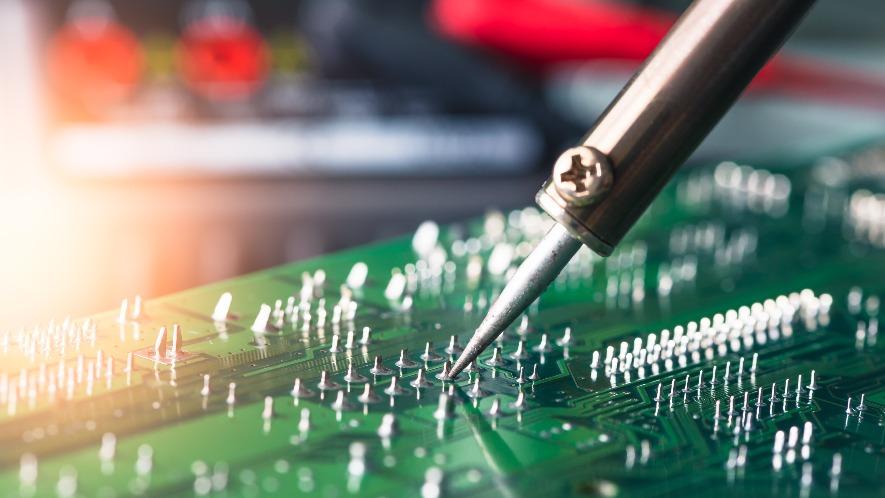{{item.title}}
{{item.text}}

{{item.text}}
How AI-driven hardware is redefining the future of work — and why you can’t afford to sit on the sidelines
While many of today’s headlines focus on data center booms and software innovations — like next-gen language models and AI add-ons for everyday apps — one essential piece has been overlooked: hardware. That’s starting to change thanks to lower-compute models like Phi-3-mini and GPT o1-mini that are changing the paradigm for where AI compute happens. At the same time, the spread of hybrid AI-human teams is changing the paradigm for the nature of work itself, how we measure business performance and how we move beyond traditional means of scaling in favor of agility and innovation.
Leading enterprises are building AI-first ecosystems to navigate the landscape of modern work. Recent findings from 2024 PwC’s Cloud and AI Business Survey highlight that 63% of top-performing companies are increasing their tech budgets to take advantage of AI. As AI becomes a fixture in daily workloads, demand is growing for hardware solutions that provide the compute needed to turbocharge productivity and keep data secure. Key hardware innovations, such as AI PCs equipped with neural processing units (NPUs), offer unprecedented on-device AI capabilities that can transform how users work, as well as boost on-device compute power, reducing reliance on cloud providers. For businesses aiming to thrive amid rapid technological change and shifting global markets, leveraging an AI-driven hardware ecosystem will become table stakes to remain market leading and competitive — it’s essential.
Though early adopters are already reaping the benefits of AI software and hardware, many companies have remained on the sidelines. That’s a mistake, and here’s why.
These emerging global trends underscore the rapidly growing urgency for organizations to embrace AI-enabled hardware. However, realizing these benefits at scale won’t be without its challenges.
Let’s break down some common obstacles and how to help overcome them.
Enterprises willing to invest in modernizing infrastructure and reimagining workflows with AI can see significant improvements in productivity and efficiency, but only if they’re intentional in their approach.
For more on AI-enabled hardware, dive into the six personas that stand to gain the most from on-device AI — and how your enterprise should look to identify these personas within your business. Check it out here.
{{item.text}}

{{item.text}}
